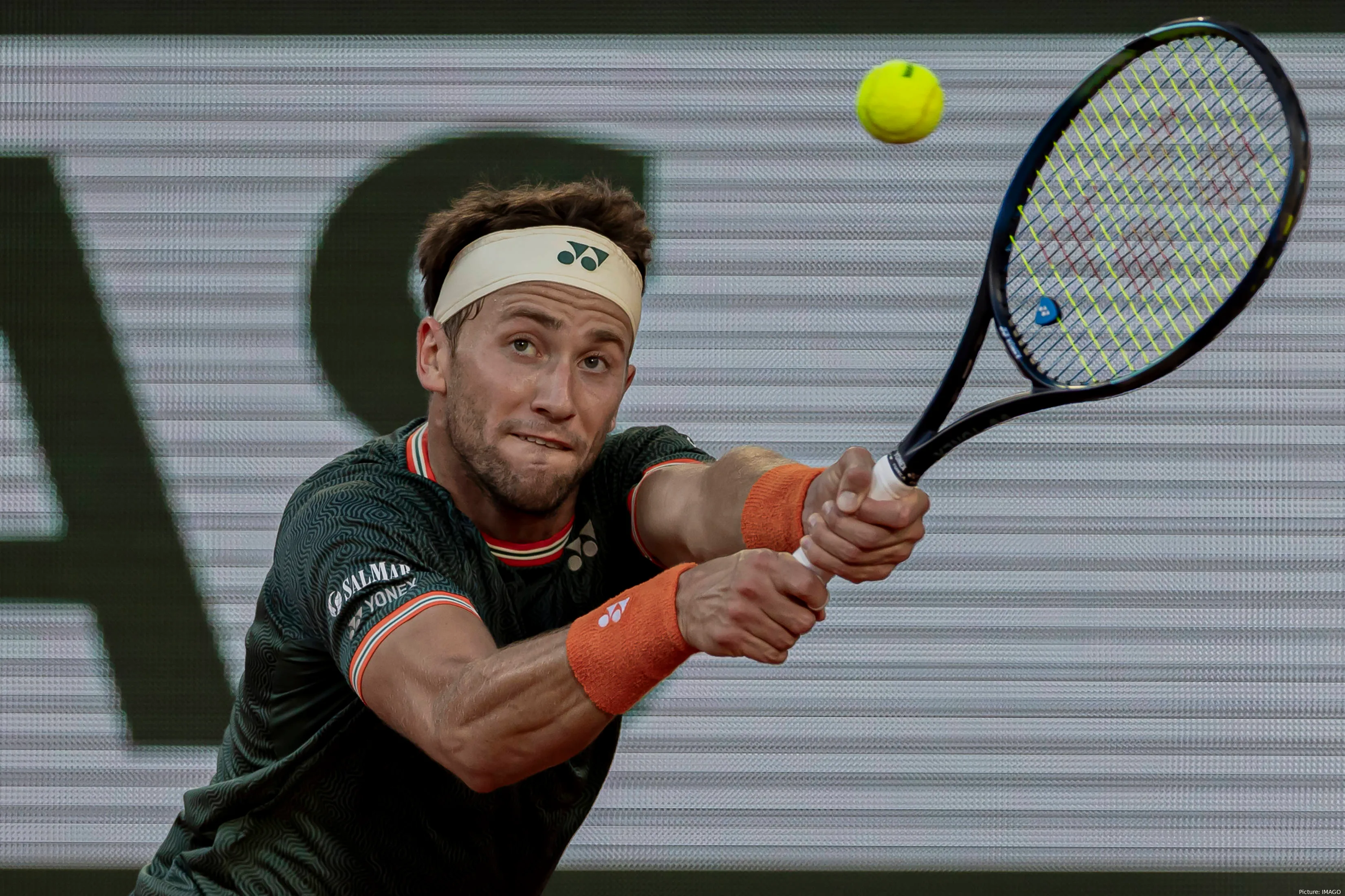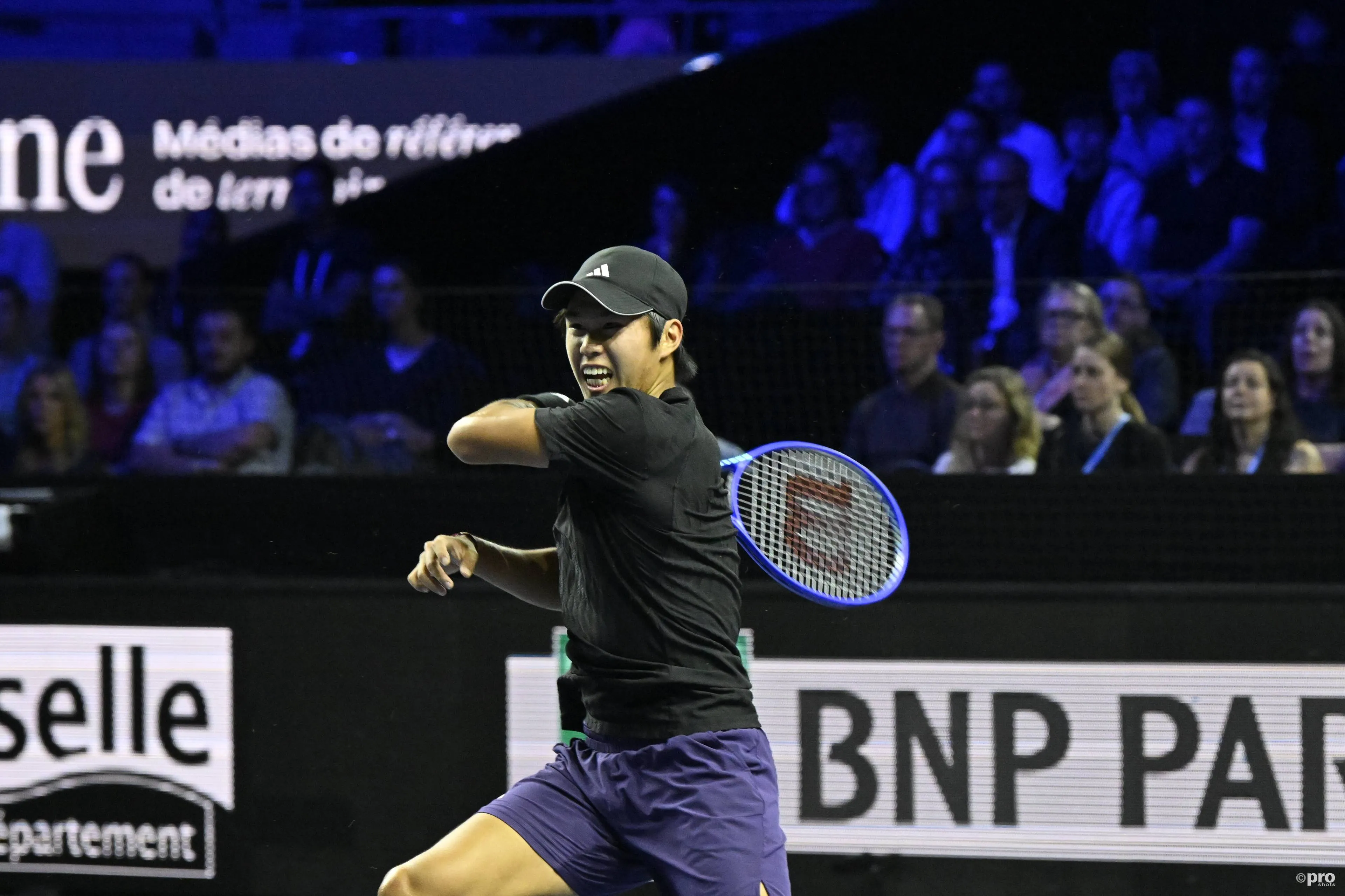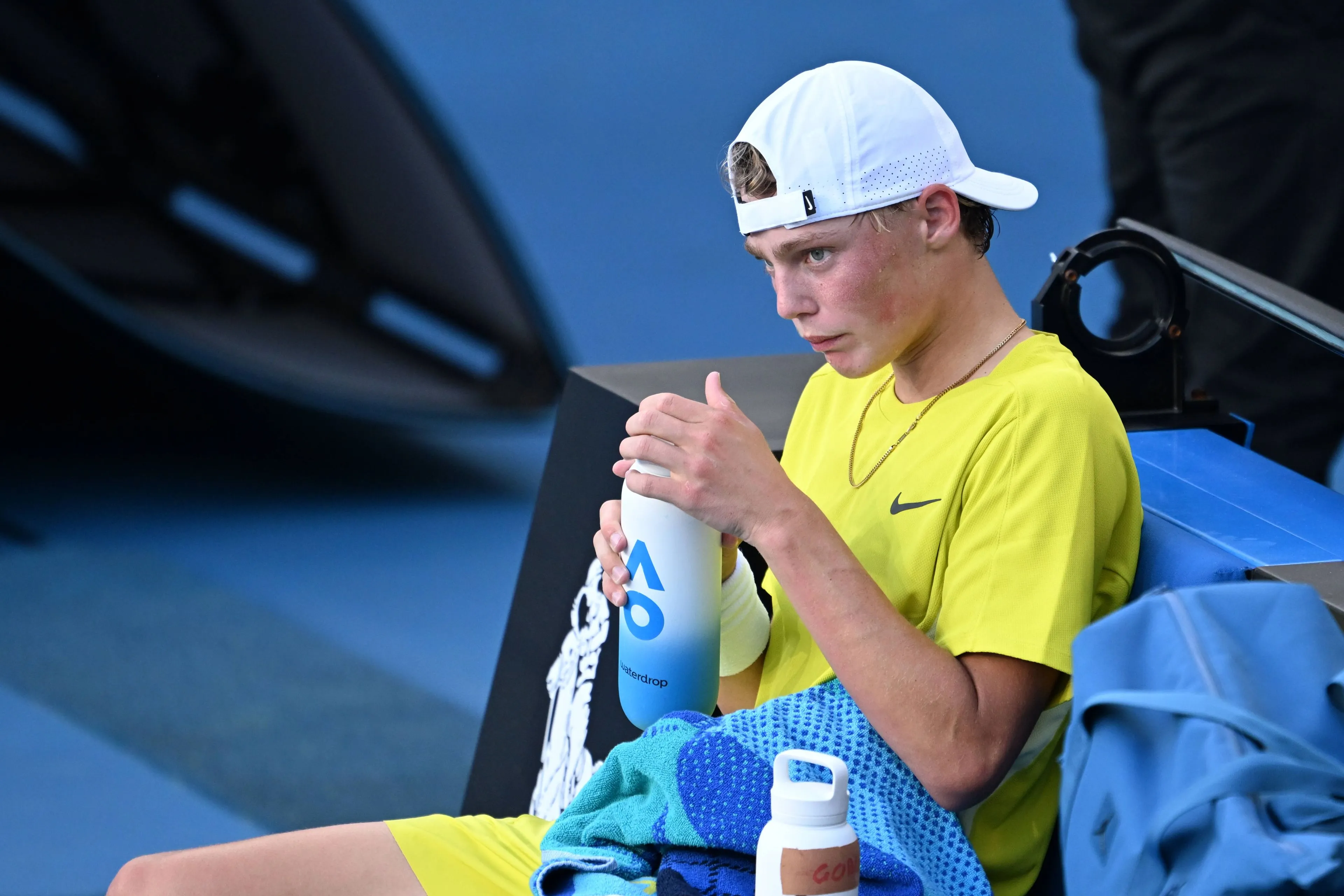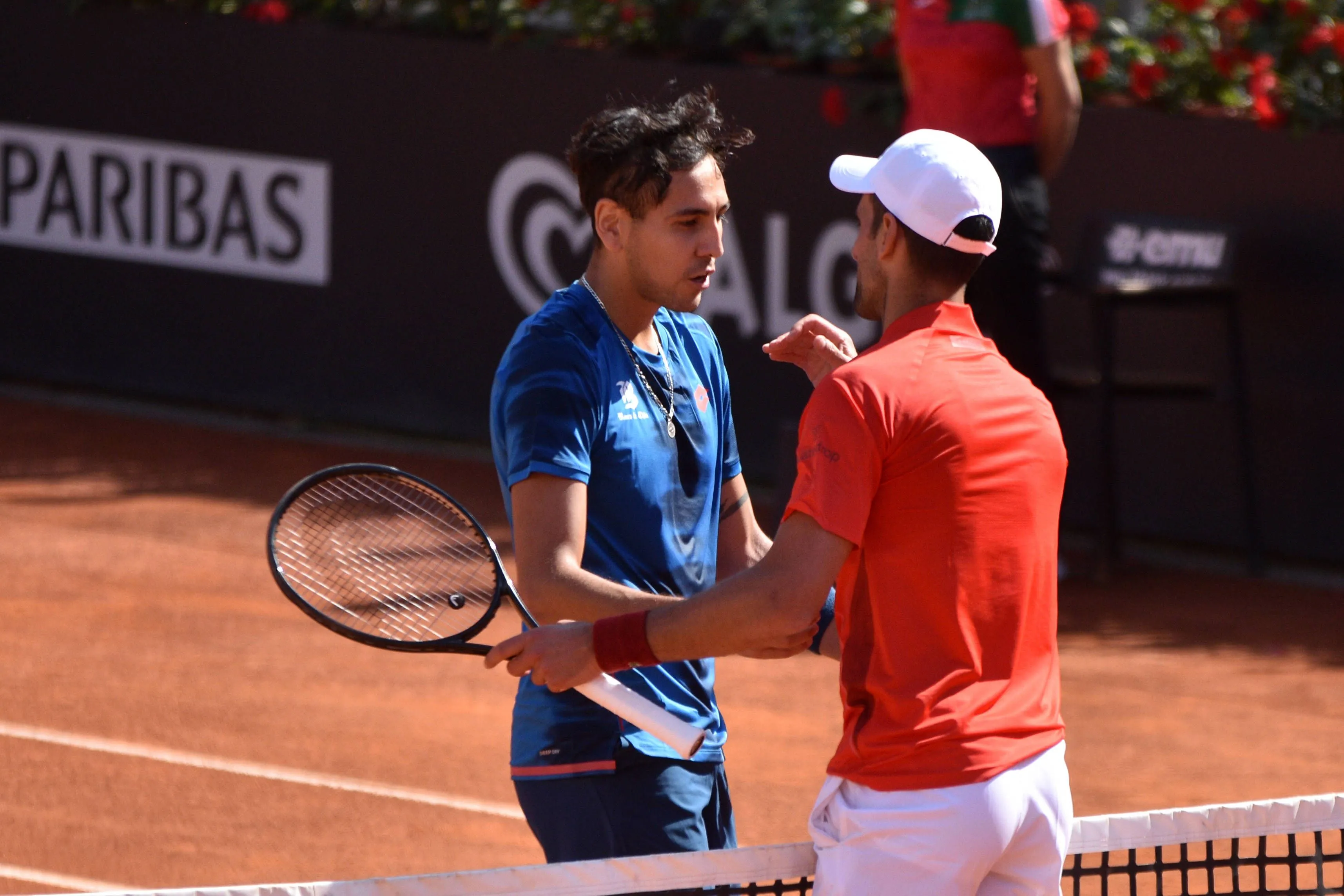“As an athlete, you are extremely vulnerable”: Casper Ruud speaks on Jannik Sinner’s doping case and fair treatment
ATPMonday, 16 September 2024 at 07:46

Casper Ruud
shared his opinion on Jannik Sinner’s doping case and defended the ITIA's
decision not to suspend the Italian player. The three-time Grand Slam runner-up
stated that after reviewing the case documents and conducting further research,
he realized that there was no different treatment for the world No. 1.
Just days
before the US Open, Sinner revealed that he had tested positive for doping
twice in March at Indian Wells. The case was previously unknown until Sinner's
announcement, and while the ITIA found him innocent, unlike other players,
Sinner was not suspended from competition.
“He has a reasonable explanation” – Casper Ruud
Several
players on the Tour criticized what they perceived as differential treatment
for Sinner, including Nick Kyrgios, Denis Shapovalov, and Simona Halep
(suspended in 2022). The ITIA determined that the doping involved minimal
amounts that did not affect the player's performance, and the investigation
found that a physiotherapist's mistake was the cause of Sinner's positive test
for clostebol.
Read also
The
physiotherapist, Giacomo Naldi, used an anabolic substance to treat small cuts
on his hands. The spray he used contained clostebol, and since Naldi treated
Sinner without gloves, the contact with Sinner's minor wounds led to the
substance entering his system.
Notable
past cases of positive doping tests where players faced long suspensions before
proving their innocence include Halep, Nicolas Jarry, and Beatriz Haddad Maia.
In an interview with Norwegian media TV2, Casper Ruud addressed the case and
defended that there was no differential treatment for Sinner: “If you have read
the documents and understand the process in this type of case, then you
understand that there is no discrimination here.”

Casper Ruud at 2024 Wimbledon.
“What
Sinner has done well, to defend himself, is that he managed to find an
explanation within 15 days after testing positive. He understood quite quickly
where it came from,” the former world No. 2 added. “There are not many athletes
who manage to come up with an explanation within 15 days, but Jannik has
managed it. It speaks in his favor that he quickly found out where the
substance came from and that he has a reasonable explanation.”
“It is an
extremely small dose that came through a skin eruption, as I understand it, and
I assume there are good doctors analyzing this and thinking that it is a
credible explanation.”
Read also
Ruud also
reflected on how easily an athlete could face an involuntary doping issue: “In
a restaurant, both the chef and the waiter can put things in your food if they
have something against you. I have experienced this myself. I live under strict
supervision, and it is something I think about, and something I know Jannik
thinks about. As an athlete, you are extremely vulnerable.”
claps 0visitors 0
Just In
Popular News
Latest Comments
- Wow! Someone (author) is over-the-top impressed with Mercedes!! NEWSFLASH: The general public could care less what brand name is associated with any sport. What many are indeed interested in is -- Where is that obscene amount of money going?
- The current screwed-up appeasing state of Society makes it very difficult for sports to Right the Wrong of allowing Males to compete against females -- and vice-versa -- simply because one 'believes' they are a different gender. DNA testing is an obvious step toward Truth. Biology does not lie... you are what you are regardless of what one thinks. Moreover, using permanent surgeries to manipulate one's body also does not change its Biology. I like to believe I am extremely wealthy, with unlimited funds in my accounts... but the banks and retailers say it is not so. End of Fantasy.
- Forgot to add... I have nothing against white people.
- Good on them!! This betting disease is going to go one of two ways: Either it will be entirely restructured from the irresponsible "business model" it is; or be forced to return to off-line avenues. If this current situation continues, it will not end well for sports nor betting entities.
- Here's a "challenge"... stop withdrawing from, and/or cancelling, so many tournaments.
- I was ignorant once as well, in my Teens. May I recommend a dictionary? BTW: She has been called many, many, MANY names... and she earned every one of them!
- Over-Botoxification is gross.
- wow only one racist in these comments... oh well the article is still new
- “I think that’s a challenge..." A 'challenge' would be for Emma to play as many tourneys as her peers -- then talk to us about scheduling!
- RIDICULOUS... "retire" should be a permanent decision. Yet these two sisters keep infringing upon up-and-coming young players for their personal amusement. ENOUGH ALREADY from these wealthy women too easily bored with their privileged Lives.
Loading











